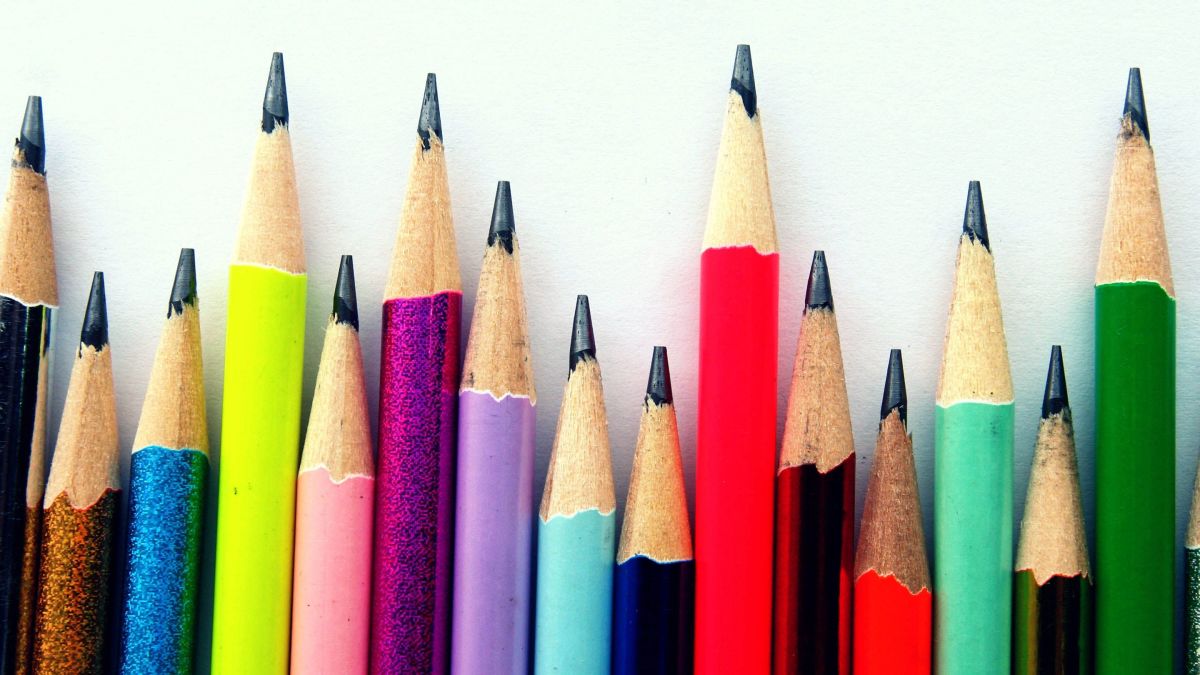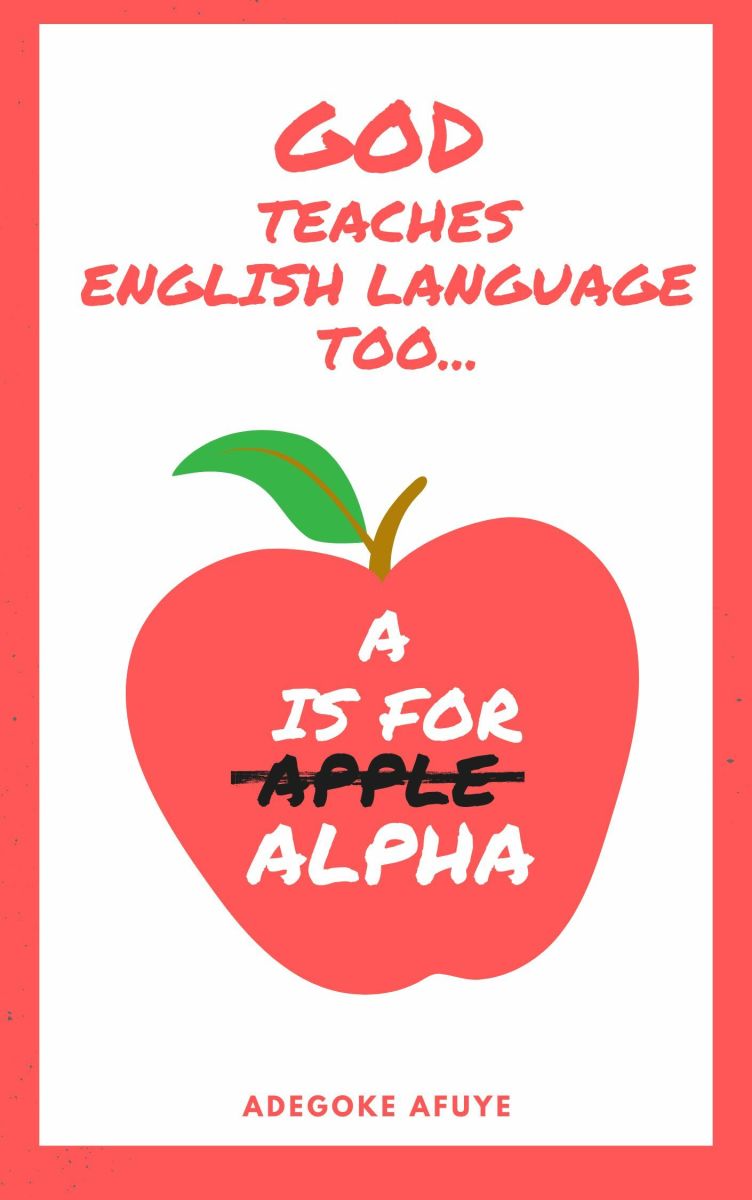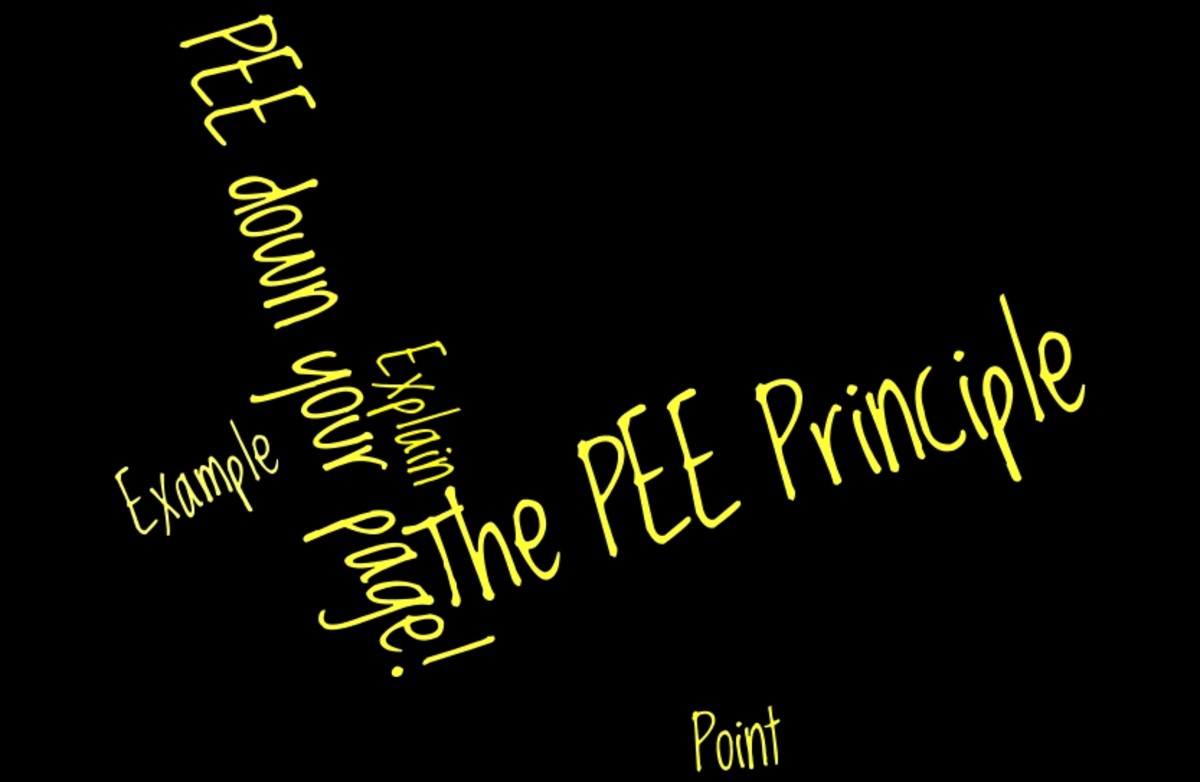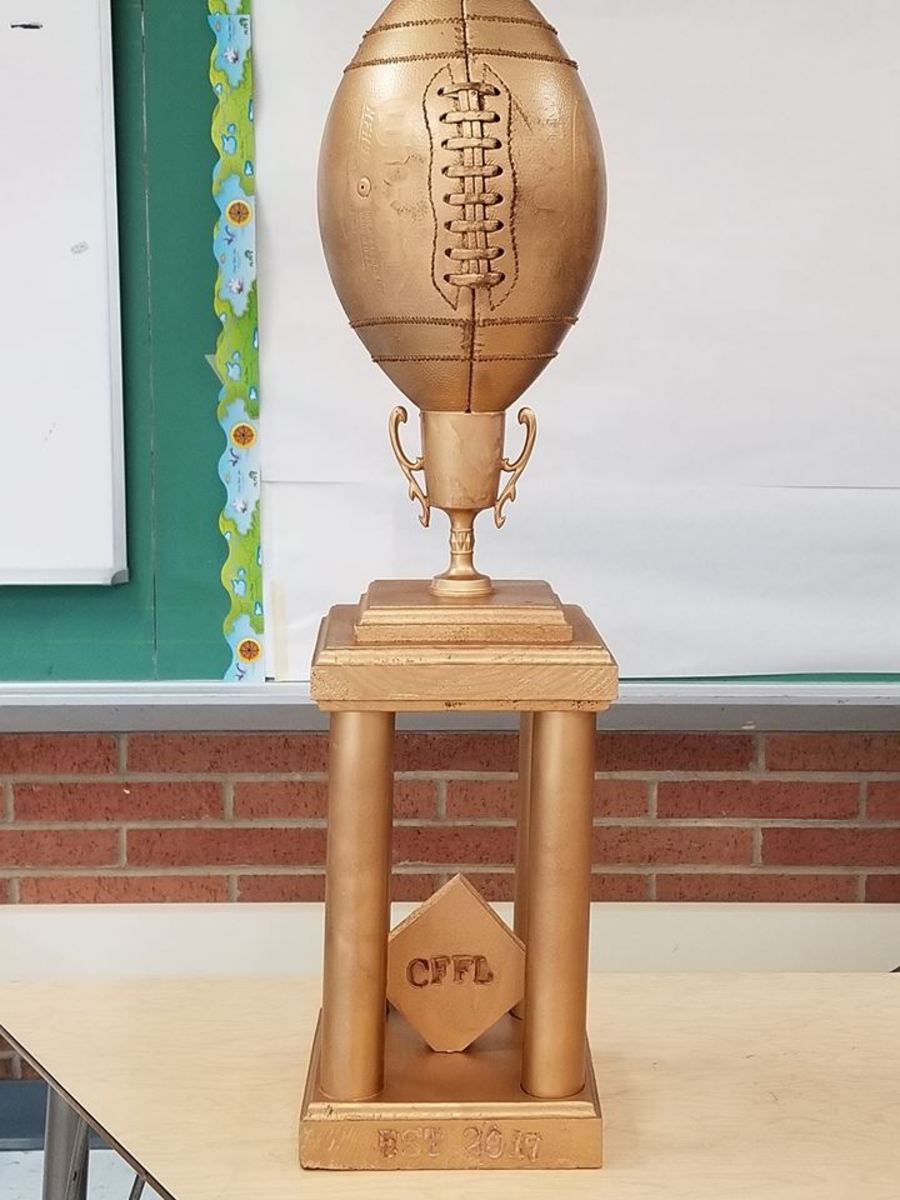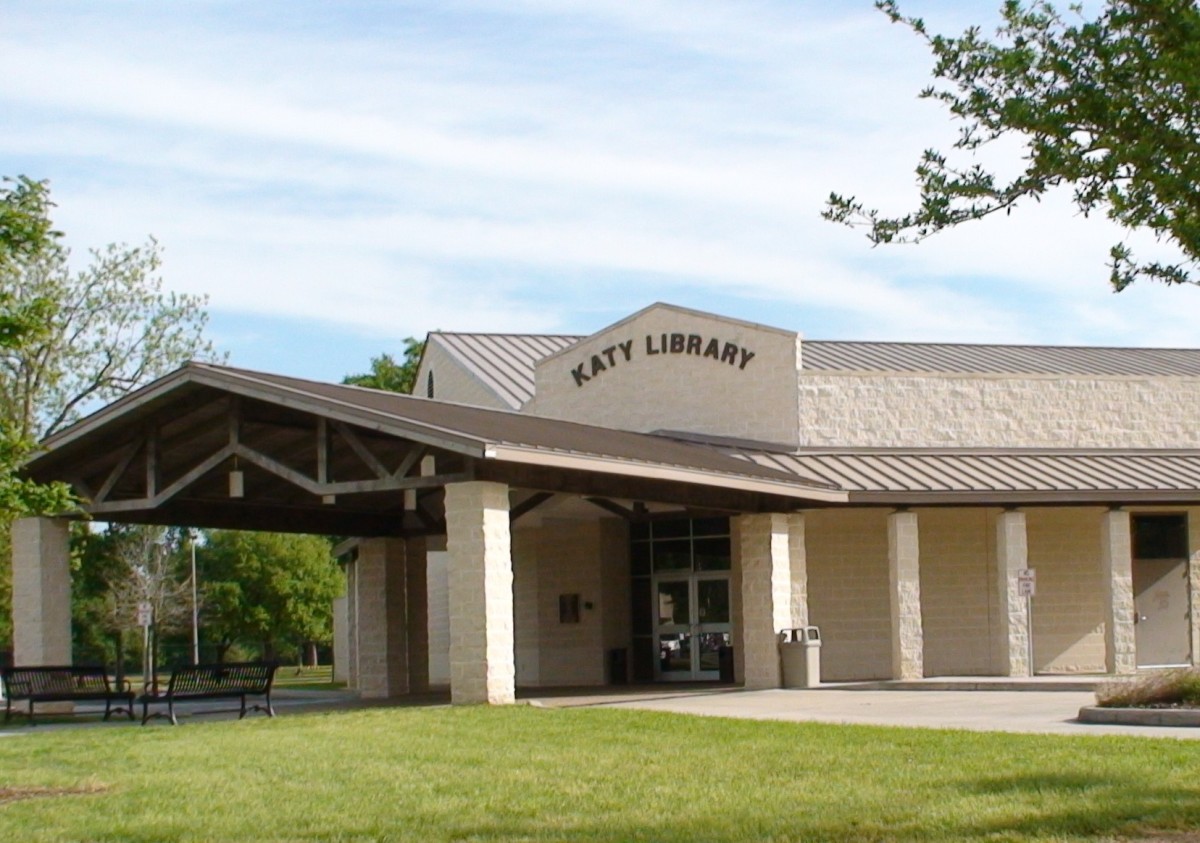The Writing Process for College Essays and Papers
The Basics of the Writing Process
The writing process includes:
- Brainstorming
- Planning/Outlining
- Drafting
- Revising
- Proofreading and editing.
Most of us learn this cycle as linear -- first we brainstorm, then we outline, then we draft, then we revise, and then we edit. In reality, we do a mixture of these things throughout the entire writing process. For example, I may brainstorm, do some drafting, then some outlining, then some revision as I change some ideas, then more drafting, then more brainstorming as I get stuck on a paragraph. Studies indicate that students who use the steps and strategies throughout the writing process (instead of seeing it as strictly linear) have higher quality papers.
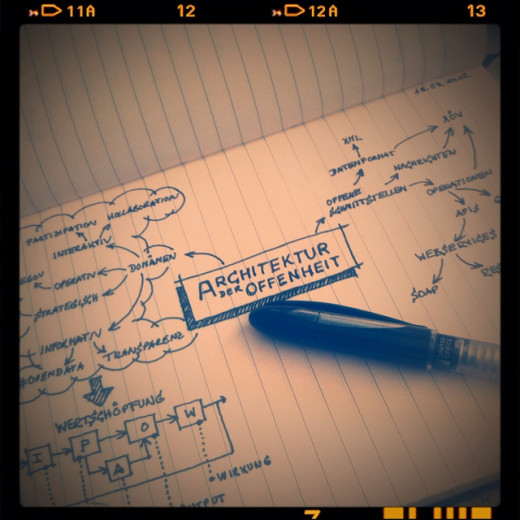
Brainstorming Strategies
Brainstorming is meant to help writers generate and develop ideas. There are various types of brainstorming, and no real wrong way to do it. Just figure out what fits your style. While brainstorming usually takes place at the beginning of a paper, it can be useful throughout the writing process as well. So, if you're struggling to figure out what to write in that third body paragraph, try out some of these brainstorming techniques.
Freewriting
Freewriting is simply writing anything and everything that comes to mind without worrying about relevance or grammar. Freewriting serves as a way to get ideas on the paper -- once they are there, you can review them -- dismissing some, choosing others, and expanding on a few.
Map/Web
In the center of the paper, draw a circle and write your broad topic. From there, draw lines and circles with related ideas and points, getting more and more specific the further from the center you get. Maps and webs are usually more helpful if you already have a vague idea of what you're interested in writing in.
Venn Diagram
We are all familiar with Venn diagrams. While they may seem elementary for use in college, they are an amazing tool for anything that you have to contrast and compare.
Chart
Draw a chart with two or three columns; in the left column, write vague/general ideas. In the center column, get a bit more specific. And, if you choose to have a third column, get even more specific here. As an English professor, I usually have my students add page numbers in this column. See below for an example.
Character
| Qualities
| Evidence (pg numbers)
|
|---|---|---|
Walton
| Obsessed with exploration
| 12
|
Writes to his sister
| 9
| |
Self educated
| 11
| |
Frankenstein
| Obsessed with science
| 17
|
Neglects his family
| 32
| |
Formally educated, rich
| 29
| |
Has tons of friends
| ?
| |
The Monster
| Has no friends -- ugly
| 23
|
No happy childhood
| 45
| |
No formal education
| 54
|
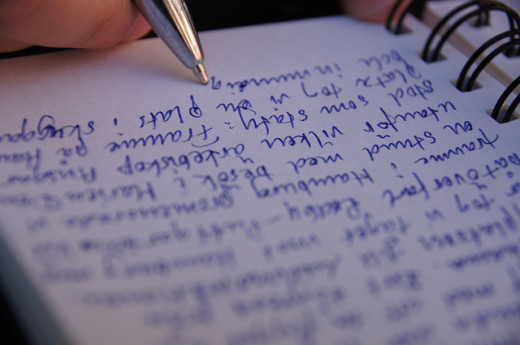
Planning/Outlining
Outlines can help you organize and further develop the ideas you generated during brainstorming. Studies have also shown that the depth and quality of an outline can significantly impact the quality of the final paper. Here's a template for a simple, informal outline:
Introduction:
- Background info (title of book, author, when published, themes)
- Thesis statement: [argument with a preview of paper]
Body paragraph 1: [modify as needed and repeat this section for each body paragraph]
- Topic sentence: [a sentence that introduces this paragraph's topic]
- Evidence: [quotes from sources]
- Analysis/explanation: [Explain how each piece of evidence supports your argument]
Conclusion:
- Restate thesis? Circle? Look to future research needs?
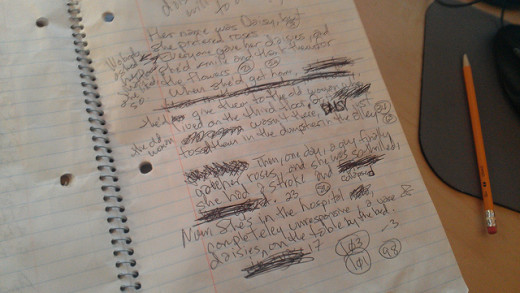
Drafting
Now, you're ready to write. Some writers prefer to fill in and expand their outline, while others refer to the outline as they start drafting their paper. Stuck? Need help writing? Check out these tips:
- Remember, you don't have to write your paper in order. Not happy with the first body paragraph? Abandon it for now and work on the conclusion or third body paragraph.
- Remember, all first drafts are fairly poor. As the great Anne Lamott said, "Almost all good writing begins with terrible first efforts. You need to start somewhere. Start by getting something -- anything -- down on paper. What I've learned to do when I sit down to work on a shitty first draft is to quiet the voices in my head."
- Type and handwrite your paper. If you're stuck on your paper, print it and try to write some by hand. I usually prefer to handwrite my essays, but if I'm stuck, I'll switch to a computer and do some freewriting to get a jumpstart.
- Try explaining your ideas to a friend. Talking through your paper will help get the juices flowing.
- Take a break. Sometimes, you just need to get away from the paper for a while.
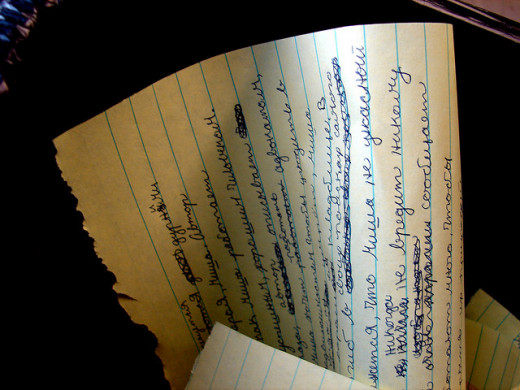
Revising Strategies
A lot of students confuse revising and editing. Revising is "re-visioning" your paper. You're looking for large changes in argument, evidence, explanation, organization, and more. Revision strategies include:
Peer review
Have someone else read your paper and identify the flaws in your logic, gaps in your evidence, failings in analysis, and even confusing organization or sentence structure. You may want to have several peer reviewers, including someone from the class and someone from outside the class.
Pretend you disagree with yourself
Assume the opposing position and argue with your paper. Do the arguments in your paper stand up, or are you able to poke holes in your thesis statement?
Focus on organization: The cut and paste method
Print your paper and cut out each paragraph. Then, play around with their placement in the paper. You can even go deeper than this by cutting out each individual sentence and experimenting with their order within a paragraph.
Focus on organization: The outline method
This time, instead of making an outline of what you plan to write, make an outline of your actual draft. Does it make sense? Should you switch two body paragraphs? Or combine two paragraphs? Or add a paragraph?
Scribble all over your paper
When I have an essay, I usually print it out and revise by hand. I will read the entire paper, then each individual paragraph, and finally each sentence to ensure each aspect of the paper effectively and efficiently serves its purpose.
For more on revision, check out the Purdue OWL.
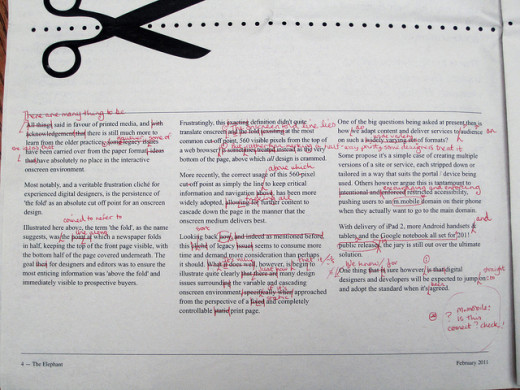
Editing/Proofreading
Editing and proofreading consists of checking language and grammar. There are several strategies that can help improve the language and grammar of your paper:
- Read your paper out loud (you're more likely to catch errors and typos)
- Read your paper backwards
- Look at each sentence individually
- Peer review
- Use MS Word's spelling and grammar check
- Try your school's tutoring services, such as a learning or writing center
What stage of the writing process do you struggle with the most?
Additional Resources
- The Purdue OWL: The Writing Process
These OWL resources will help you with the writing process: pre-writing (invention), developing research questions and outlines, composing thesis statements, and proofreading. While the writing process may be different for each person and for each pa - http://www.lavc.edu/writingcenter/handouts/writingproc%20.pdf
- The Writing Process | The Writing Process | Dickinson College
Resource links about the Writing Process - Mastering the Writing Process
Re-entry, non-traditional and adult students returning to college. Financial aid, scholarships, accredited online degrees. - Style Sheet - The Writing Process - Hamilton College

